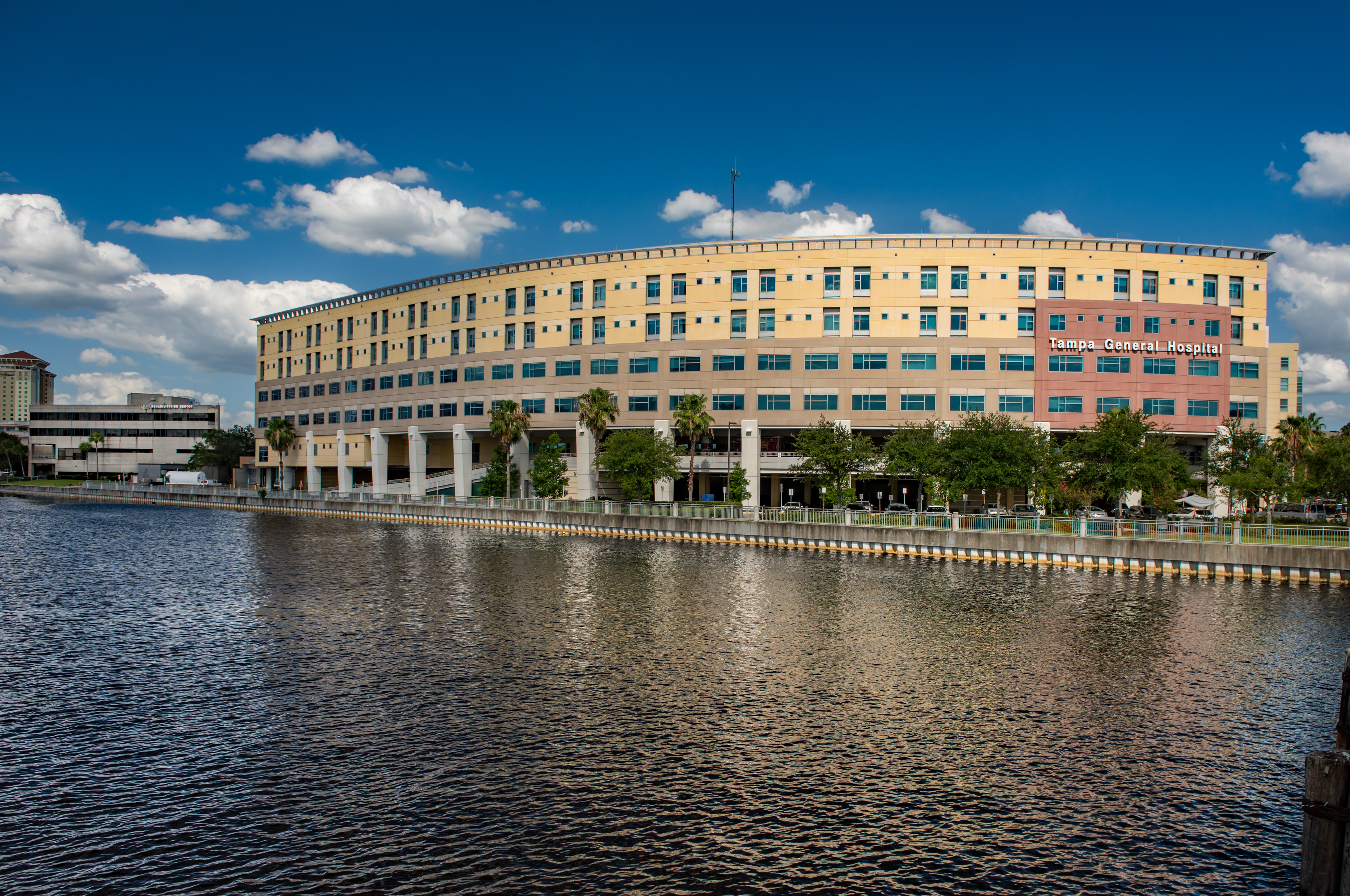A National Leader in Orthopedic Trauma

At Tampa General, one of the only Level I trauma Centers on the West coast of Florida, our board-certified and fellowship-trained orthopedic trauma surgeons provide emergency orthopedic care for a variety of severe musculoskeletal injuries, including fractures, dislocations, open injuries and polytrauma. These usually occur from car and motorcycle accidents, industrial injuries, falls from heights and watercraft injuries to name a few. The Orthopedic Trauma Center is a 24-bed unit staffed by a multidisciplinary team of physicians, surgeons, registered nurses, physical and occupational therapists, social workers and care coordinators. Neuropsychology services are available for post traumatic-related aspects of injuries.
Tampa General is a regional referral center for orthopedic surgery due to our high surgical volume and expertise in complex orthopedic conditions. We also treat complex conditions that are not related to traumatic injuries, such as joint reconstructions, and bone or joint infections, and can perform elective surgeries for patients seeking corrective care for an existing problem.
The center provides a quick turnaround time to surgery, especially for the geriatric population, to maximize outcomes. No matter a patient’s age, we utilize anesthetic blocks to aid in pain control as well as a multi-modal pain regime to decrease the use of opiates. Due to our dedication to comprehensive care, every patient has convenient access to all the services they need for the duration of their recovery.
About Dr. Roy Sanders
Dr. Sanders attended medical school at the New York University School of Medicine in New York City, and performed his residency at the Hospital for Joint Diseases Orthopaedic Institute, also in New York City, graduating in 1985.
He received fellowship training in musculoskeletal trauma at Vanderbilt University Medical School, and then went on to obtain the AO/ASIF Jack McDaniels Memorial Trauma Fellowship, which he completed under the tutelage of Thomas Ruedi, M.D., in Chur, Switzerland. Upon his return, he spent several months with Sigvard T. Hansen, Jr., M.D., as a foot and ankle fellow at Harborview Medical Center in Seattle, Washington. Dr. Sanders is highly respected both nationally and internationally for his work in orthopaedic trauma, and foot and ankle surgery. Dr. Sanders has designed a comprehensive plating system for articular fractures of the upper and lower extremities (A.L.P.S.©, DePuy Orthopaedics), as well as developing a complete intramedullary nailing system for long bones (Trigen©, Smith & Nephew) in conjunction with Dr. Toney Russell, M.D., of Memphis, Tennessee.
Dr. Sanders is the Past President of the Orthopaedic Trauma Association (2004-2005) and is currently serving as Director of the Orthopaedic Trauma Service, and the Chief of the Department of Orthopaedics at Tampa General Hospital. He has been involved in resident and fellowship training for over twenty (20) years. He has been a past Chairman of the Committee on Trauma for both the American Academy of Orthopaedic Surgeons, and for the American Orthopaedic Foot and Ankle Society.
Dr. Sanders has authored over 100 articles and abstracts on orthopaedic trauma, published several textbooks on orthopaedic trauma, and is presently the Editor-in-Chief of the Journal of Orthopaedic Trauma, the leading international journal in the field. He has served as faculty for over 150 courses, has given over 230 lectures, and served as course Chairman for 39 courses to train other orthopaedic surgeons, including originating the AO/ASIF Course in Foot and Ankle Trauma with Sigvard Hansen, and the Current Solutions in Orthopaedic Trauma Course, now in its 8th year.
He has been an investigator in over 20 research studies including a landmark National Institutes of Health investigation on limb salvage, for which he was a recipient of the AAOS prestigious Kappa Delta Ann Doner Vaughan Award for Outstanding Orthopaedic Research in February of 2003. His special area of expertise is reconstructive surgery of the lower extremity (complex fractures, mal/nonunions, deformity correction, post-traumatic arthritis, and bone infections).
